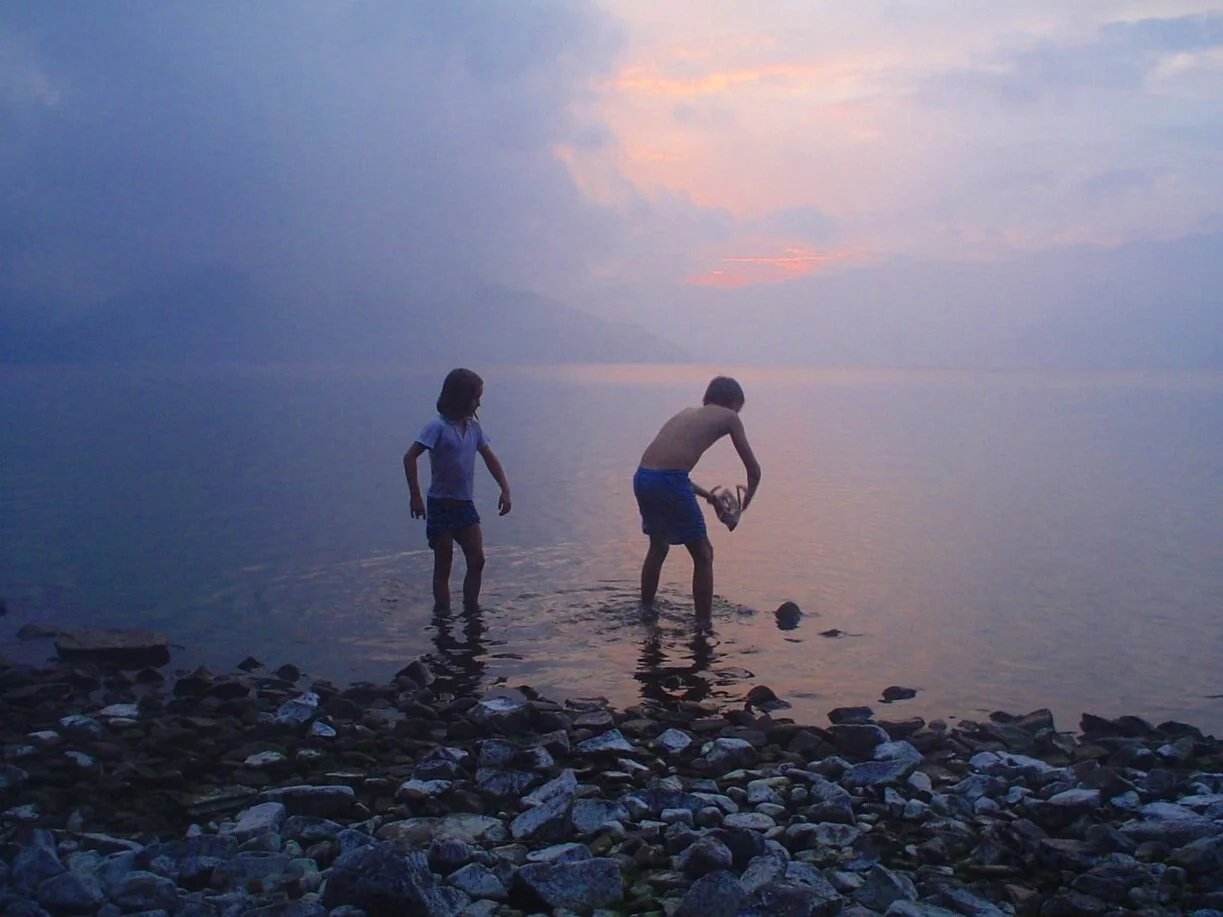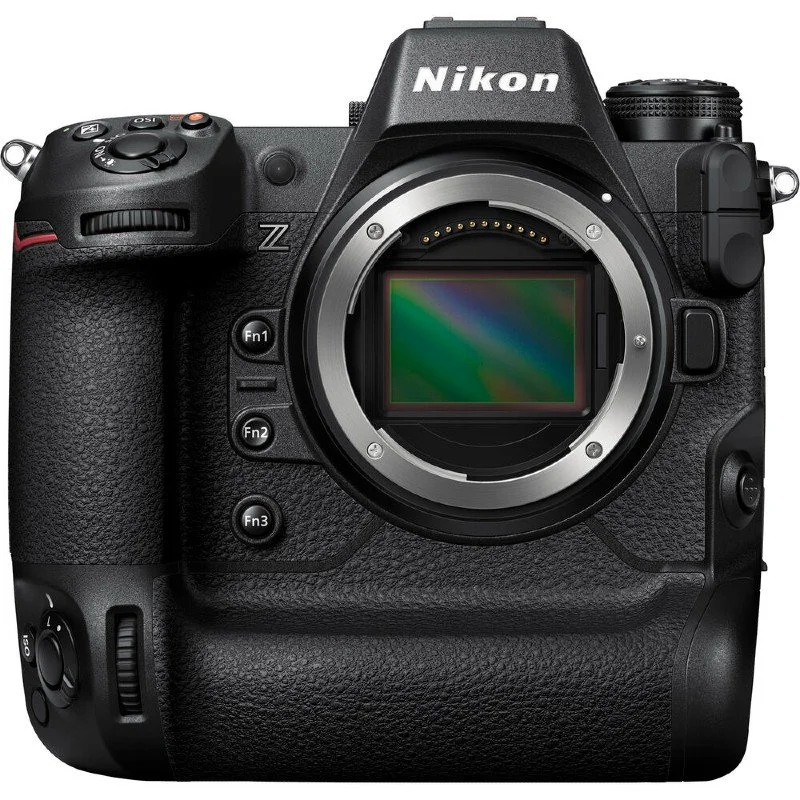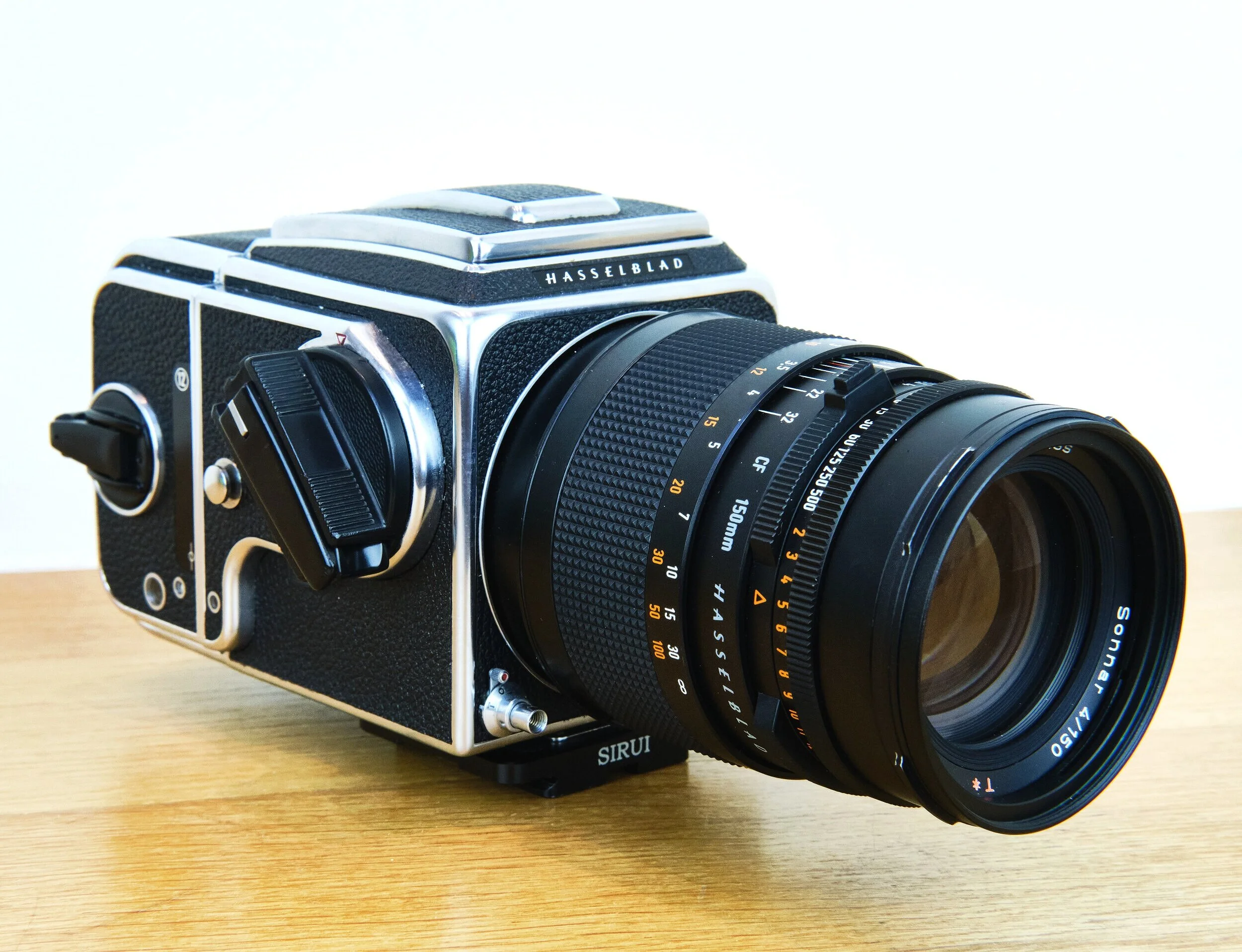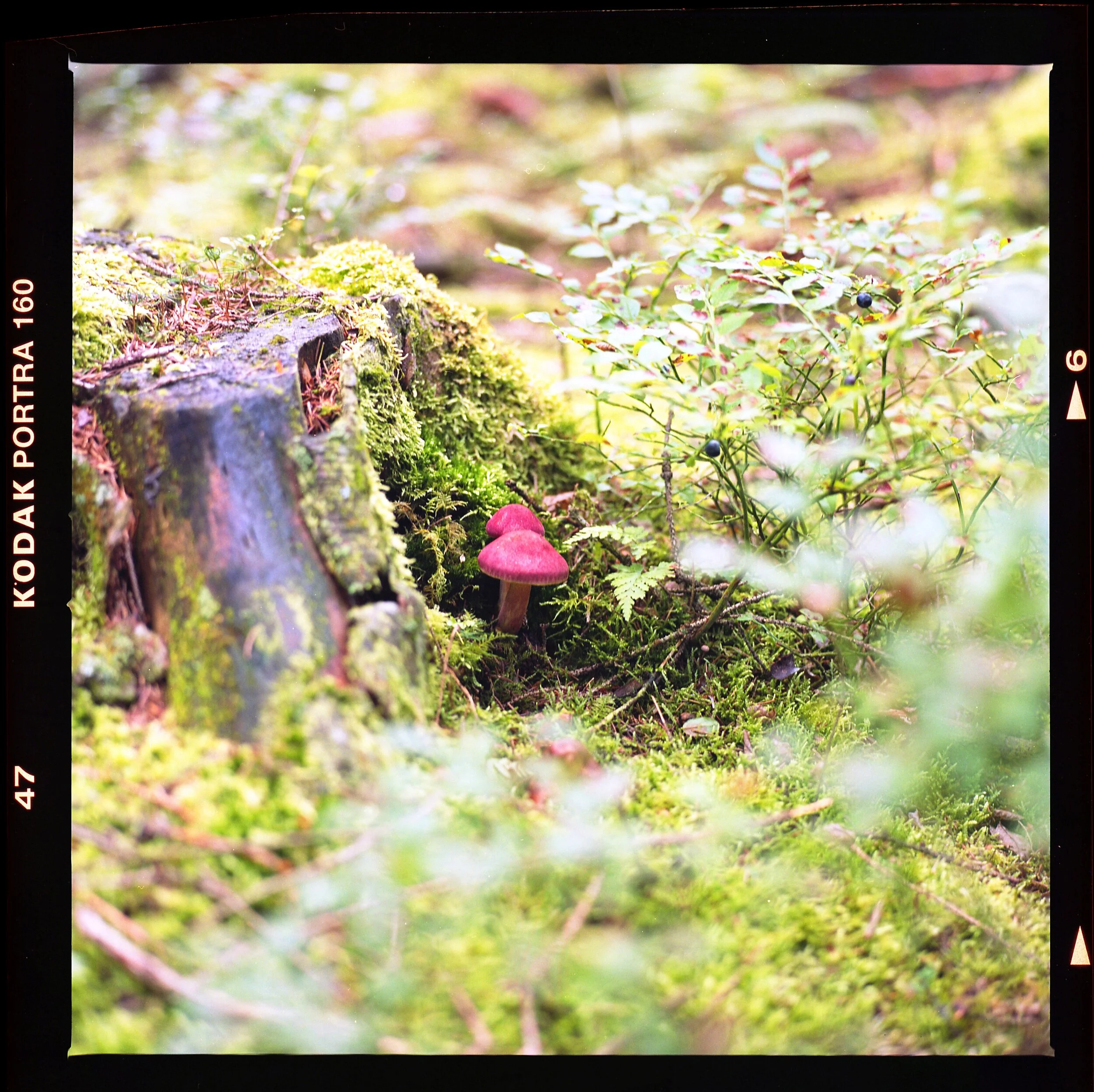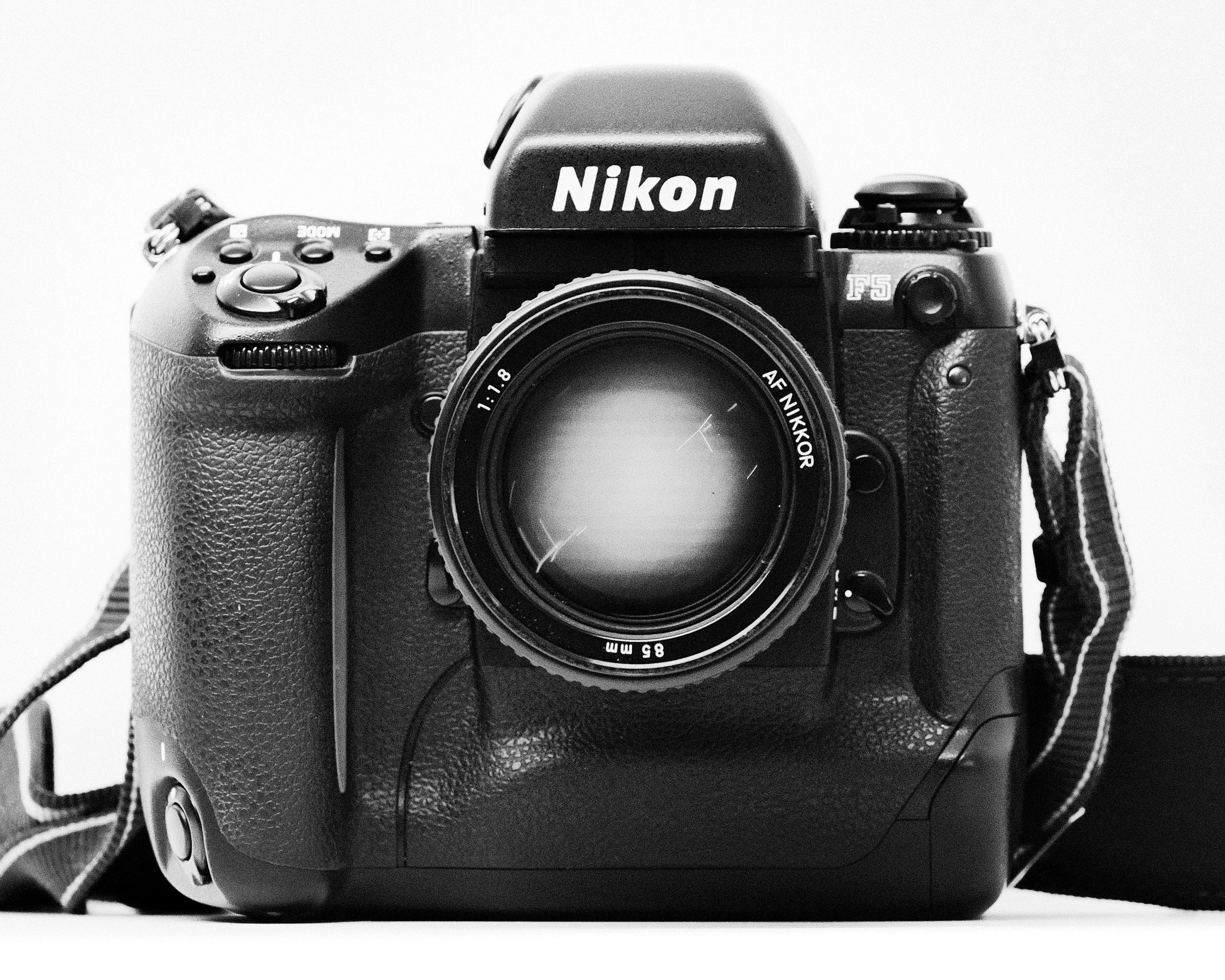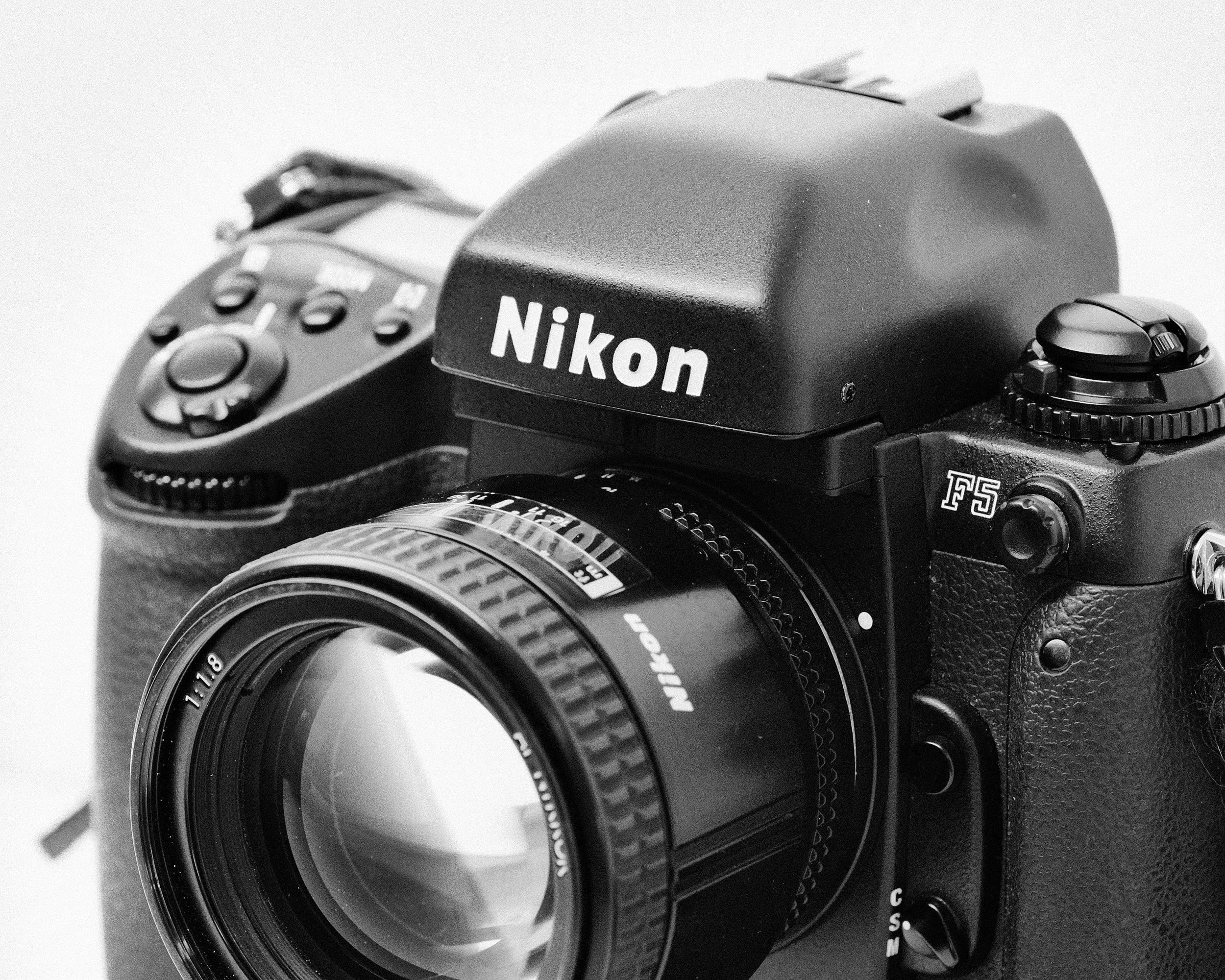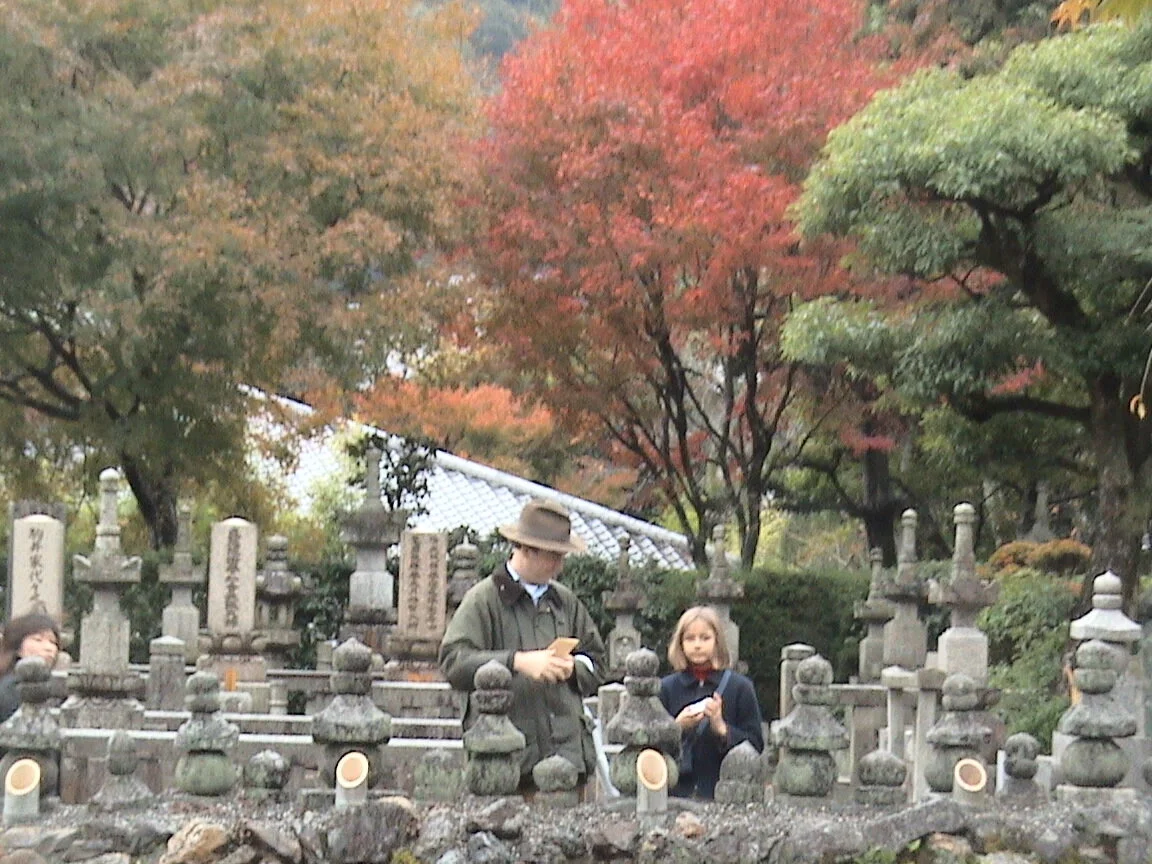“A good tool improves the way you work. A great tool improves the way you think.”
My father used to tell me that a great photographer can make great pictures with a bad camera. (probably an excuse to keep me satisfied with my 1MP Sony?). I need to agree with him in the sense that composition, lighting and an eye for aesthetic supersede the amount of megapixels or the sharpness of the lens. Nonetheless, you do need some sharpness and some resolution to comfortably work with an image.
This one here is a great example: my father shot it at Chuzenji-ko (中禅寺湖), a beautiful lake just north of Tokyo were we spent most of our summers. The image is wonderful, the colours are great and the subject is interesting. Unfortunately, I can’t print the image, neither can I make it any bigger on this site without significantly showing the ugly digital pixels…
…That’s why you shouldn’t be too afraid to invest in some good equipment.
I reckon that once your camera can handle more than 12 Megapixels, it generally is enough for everyday work. I can’t stress this enough: don’t invest too much money in a camera body, invest in some excellent lenses instead.
Something I learnt through my own errors, however, is that sensor size does matter. What I mean by this: Medium Format gives much more interesting pictures than Full Frame which in turn is more desirable than APS-C, for example. Again: it hasn’t got anything to do with the amount of megapixels! A bigger sensor just gives a more aesthetic background separation (blur) and less noise.
Finally, choose a camera that you can truly love. Accept that every machine has it’s own imperfections and learn to use those to your advantage. My first analog camera was a Mamiya 645, it bugged constantly, the shutter speed was inconsistent and the mirror movement was tremendous. Jokingly, however, I used to call it my “love at first sight” and I was absolutely devastated when it got stolen at home.
Nikon Z9
This big boy is the latest addition to my collection. This is not just “any” camera - by any means. It’s the flagship camera produced by Nikon, providing us with the best of the best in terms of professional photography gear.
The large sensor results in excellent image quality, a magical depth of field and crispy sharp images. Together with its ridiculously fast auto-focus, it’s a joy to use for fast-paced events such as weddings.
digital Fujifilm cameras
It is thanks to this X-T3 wonderful machine that the concept of VdVisuals started. I bought it in the summer of 2019 after one of the nurses of the ER I worked at recommended it to me. Nowdays, I use the latest professional flagship X-T5.
Some specs for the nerds: it’s an APS-C format (which means the sensor is smaller than the golden standard) with about 40MP. It’s lightweight, it’s mirrorless, it’s super practical.
Fujifilm X-T3
Fujifilm X-T5
What makes this camera so very practical: it’s got physical dedicated buttons for ISO, shutter speed and exposure. What’s more, the diaphragm of your lens is controlled on the lens itself. This makes using this camera so intuitive that you can control your settings even in the toughest and darkest of weather conditions. Also, it’s rain proof, which allows you to take it on more adventurous trips.
Hasselblad 500 CM
The crown jewel, the pinnacle, the Rolls-Royce of all cameras. My pride and honor. The love of my life. This camera is fully manual, which means it doesn’t use batteries and you have to select all the settings yourself. You can view the image through the upper viewfinder, select aperture and shutter speed on the lens. The ISO, obviously, is determined by the roll of film that you inserted into the film back.
The result - if all goes well - is a beautiful 6x6 cm² picture. The development influences the final image significantly which means that what you shoot is not always wat you get.
The beauty of this Hasselblad is that it produces square formats. In a world dominated by 4:5 aspect ratios and landscape formats, this 1:1 crop is a refreshing way of looking at things. Although a bit cliché, I like to keep the borders of my film roll on the picture as it gives a beautiful frame effect and enhances the depth of the picture.
There are several reasons why I love this camera. The most obvious one, is it’s aesthetic. I love how the chrome lines reflect light during shoot-outs and how minimalist the design is. Furthermore, looking down the viewfinder is quite positively magical. You’re supposed to hold the camera at waist level and look down onto it to see the image that you’re about to shoot in front of you. The medium format and the beautiful lenses add an extra touch of magic to it. Finally, and most importantly, the shutter sound of this metal behemoth is extraterrestrial.
Little mushroom in the High Fens (August 2021).
On the next photo, you can see a clear example of the viewfinder and how different it is from other types of cameras.
Nikon F5
This big boy is one of the favourites from my humble collection. This is not just “any” camera, by any means. Released in 1996 and built until 2004, it used to be the pinnacle of analog excellence amongst camera-builders. Amongst its most prominent features, the 8-frames per second continuous shooting mode is still faster than some digital cameras up to this day! The body supports even the newest Nikon lenses and the integrated battery holder seems to last forever.
The brilliant auto-focus and superb exposure-meter make this Nikon a true joy to use. I can’t recommend this camera enough.
Nagaoka Seisakusho 45D
This is were my camera buying obsession got worrying. The more I started exploring older photography techniques, the more I got intrigued by large format cameras. It seemed so fun to crawl under a big piece of cloth and take pictures the old fashioned way.
Of course, the most enjoyable part about taking pictures with this cherry wooden Mammoth is the whole “tralala” that comes with it. It takes forever to assemble, it takes even longer to correctly focus and then you pray that you won’t move the camera too much as you try to insert the huge film holders into the back of the machine. By the minute, your subject gets increasingly excited in anticipation of the ultimate moment. Until now, not a single subject has been able to withstand the temptation of flipping out his phone to take a picture of the camera and the struggling photographer.
It takes tremendous effort to form a picture with this Nagaoka, it’s an exercise of patience, of composition, of exposure measurement, etc. All of this builds up expectations gigantically, like a huuuuge crescendo. It is at this apogee of anticipation that you can finally release the shutter - and thus the tension. Not with a loud BANG, but with a barely discernable soft “click”. A nice and somewhat whimsical contrast.
Canon A-1
The analog work horse. The fact that this machine was made in Japan in 1978 proves how tough these old cameras were. These objects were true beauties, with an elegant and very recognizable design. It doesn’t come as a surprise that even young people still love working with those, 4 decades later…
This wonderful piece of equipment shoots 35mm film rolls, the quality of which is good enough for most everyday use. It’s fast in use, super straightforward and you don’t have to deal with too many useless settings. Auto-exposure works like magic and the f1,4 lens does a good job giving you beautiful background blurs.
Sony Handycam DCR-DVD305
This bad boy was my second camera, I received it from my parents for my 12th birthday in 2006. It is thanks to their investments that I am now so very passionate about photography. It is also this little camera that got me hooked and taught me the basics of composition.
It took risible 1 megapixel photos, the video quality was even worse and the mini-DVDs used for storage failed constantly. But I had such tremendous fun with it, such very good memories indeed that I will never forget this camera. Therefore, it deserves an beautiful spot in this hall of fame.
A small video shot with the DCR-DVD305 in December 2006.
Kyoto (November 2006).
Sony Handycam DCR-DVD305
Photo shot with the DCR-DVD305 in Tokyo. Featuring my cat Findus and my old cellphone (June 2007).
Shot with my very first camera, in Berlin (December 2004). Unfortunately I can’t find this photo camera anymore. It was a Sony Cyber Shot from 2001.

